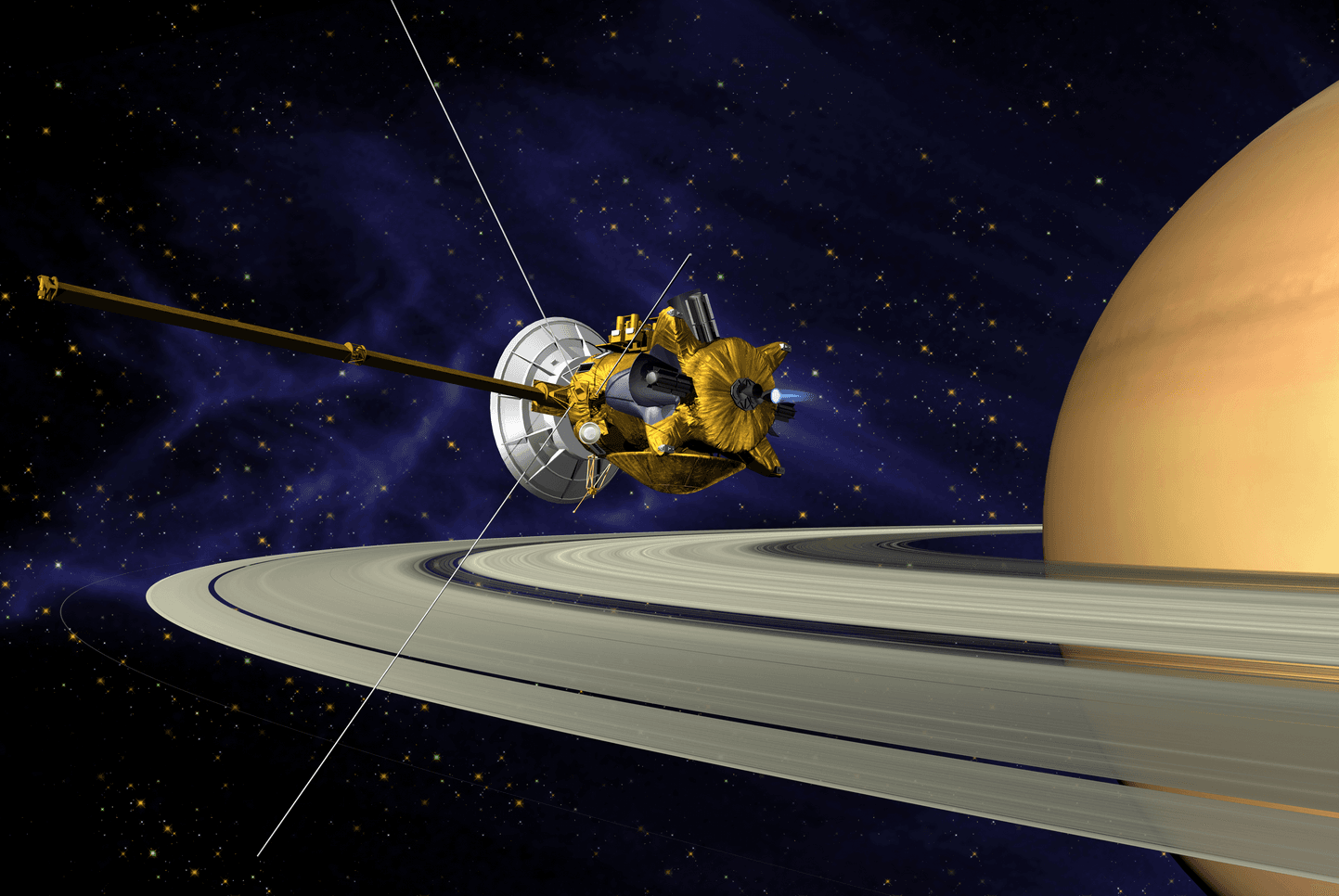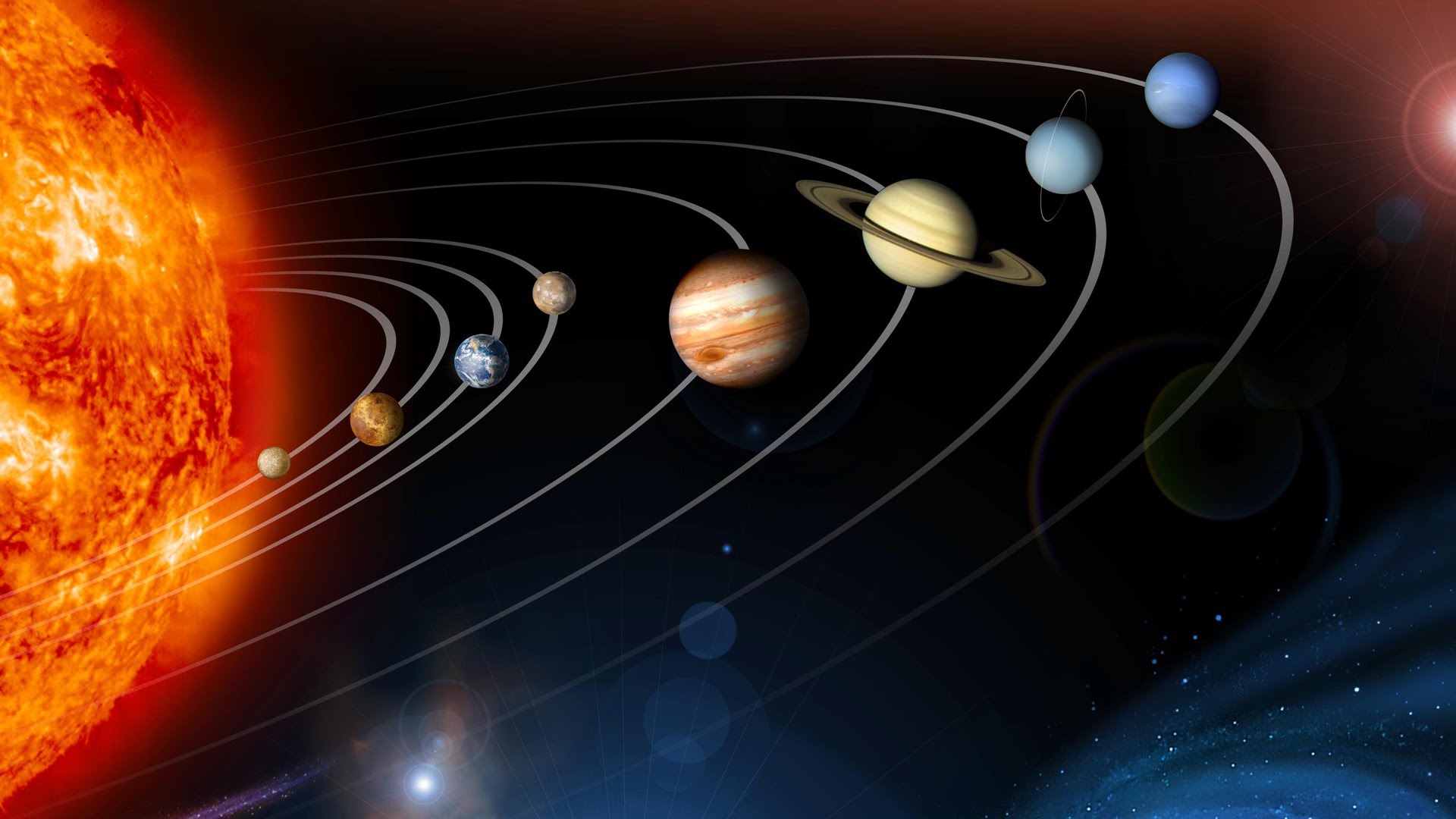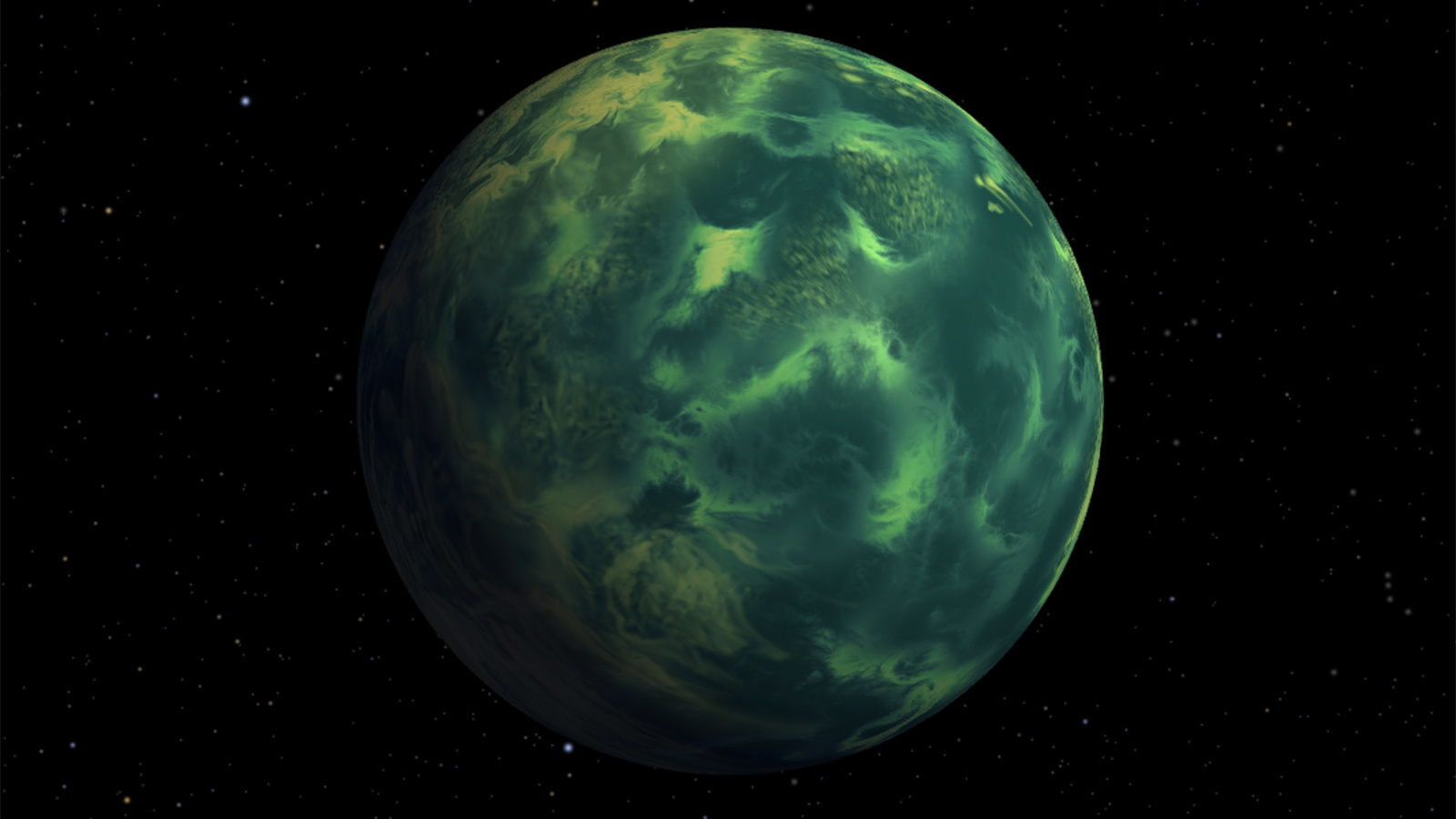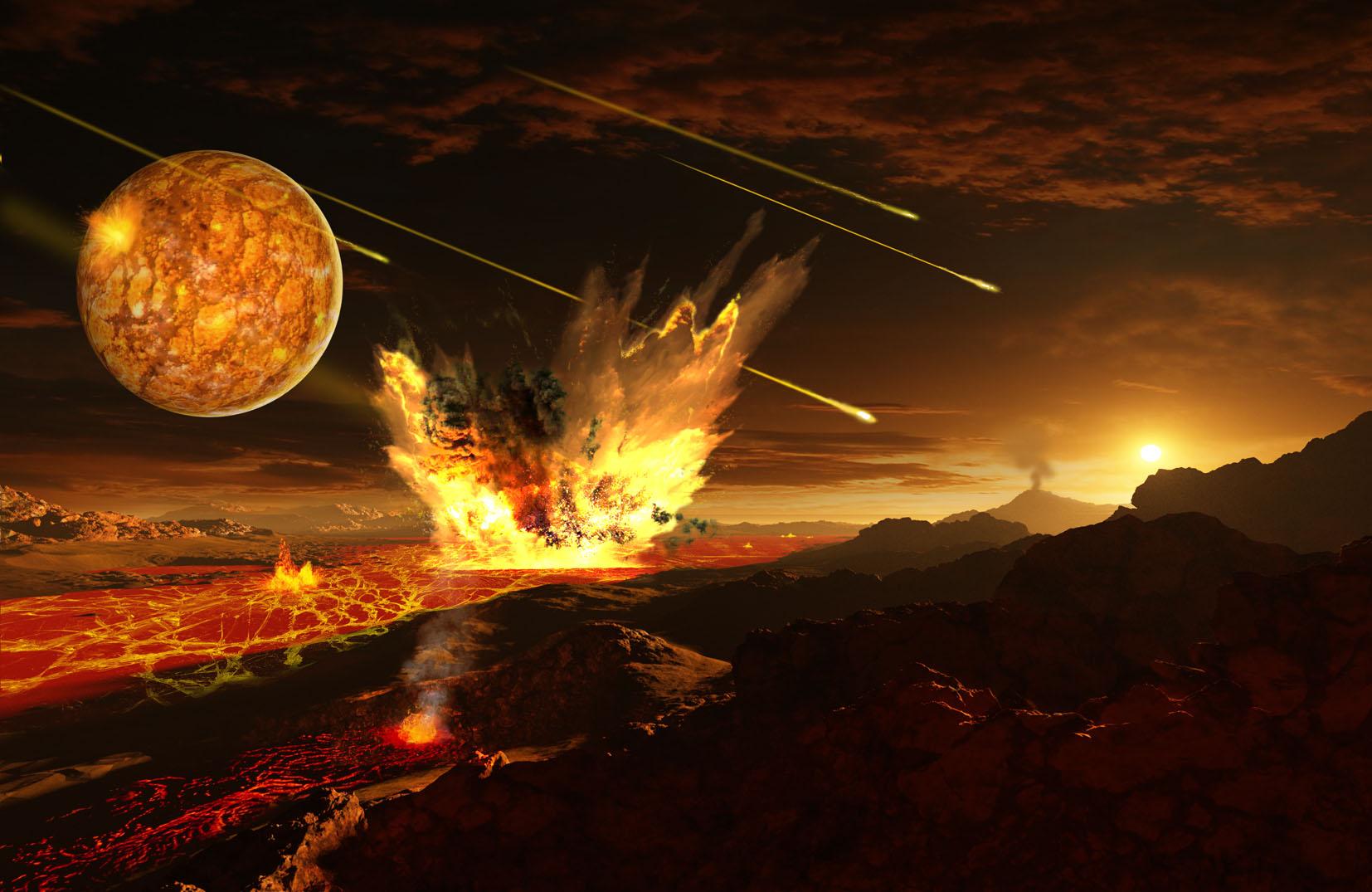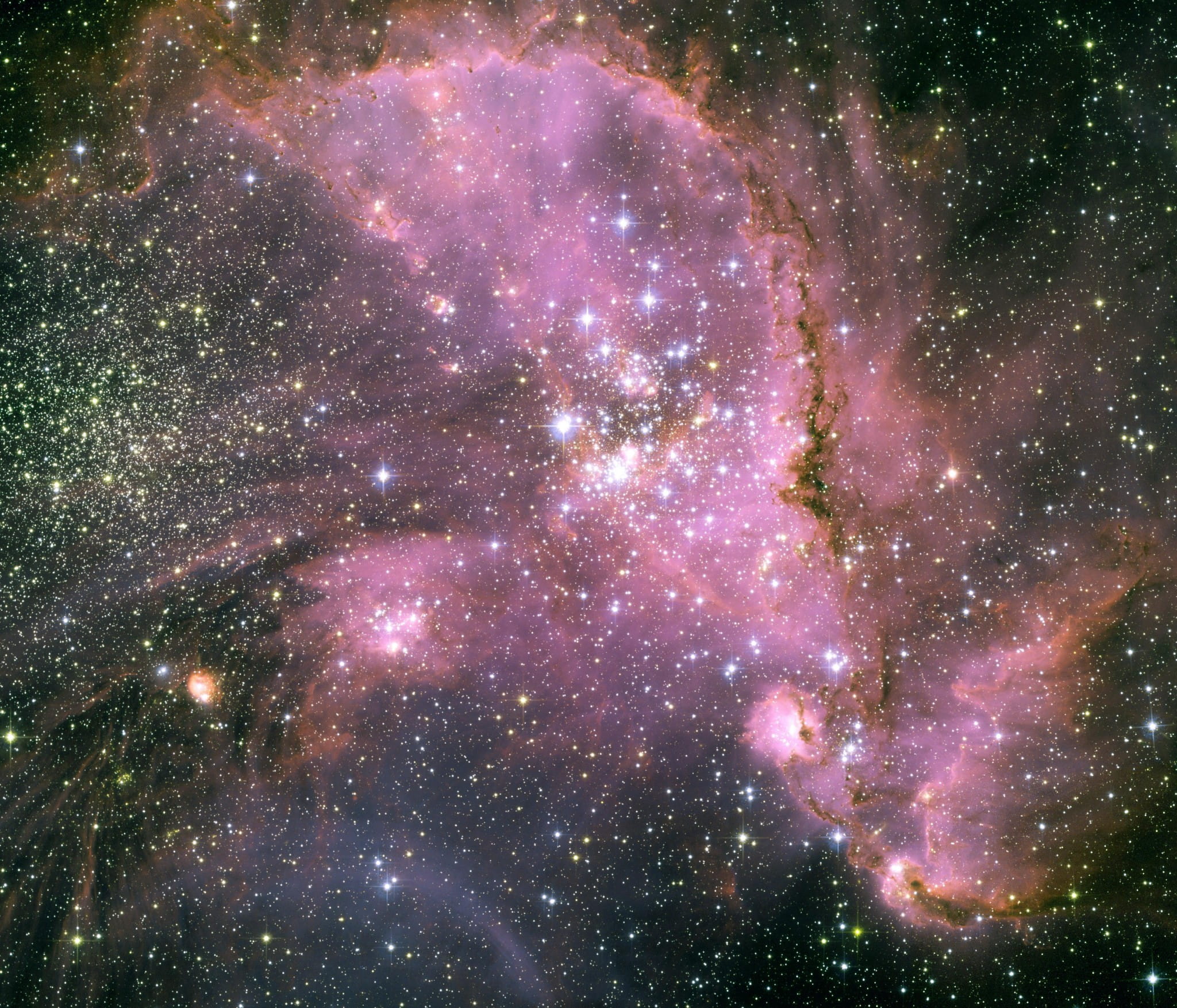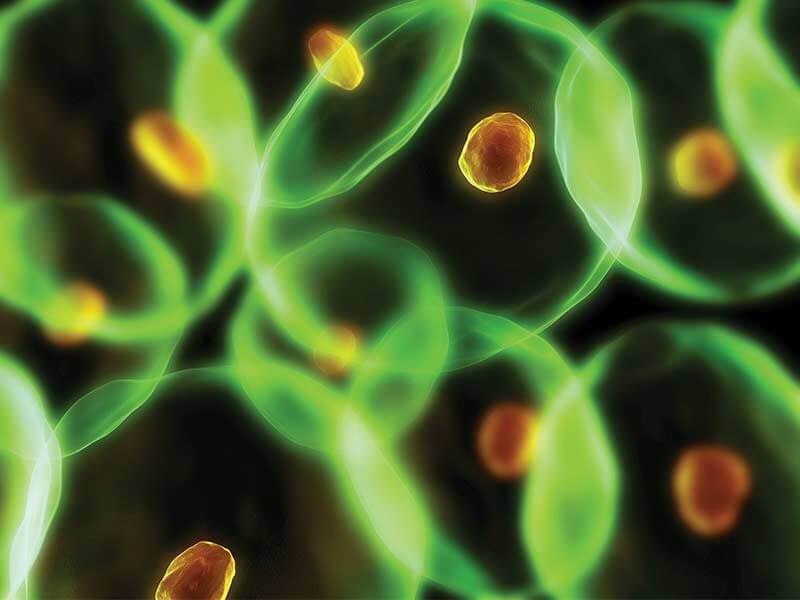description:
In recent years, cutting-edge telescopes, satellite imaging, and unmanned spacecraft have led to a fascinating series of discoveries that have changed our picture of the Sun and the family of objects that orbit it—including Earth. This new perspective has grown out of many intriguing findings such as these:
episodes:
01. The 21st-Century Solar System
Astronomical knowledge has expanded greatly in recent decades, giving us a new framework for understanding the solar system. The old focus on the Sun and nine planets has given way to a new picture of six families of objects.
02. Geometry of the Heavens
What do our eyes tell us about the motions of the heavens? The simplest model is the geocentric one: the Sun, Moon, stars, and planets orbit around a centrally located Earth. But complexities such as the retrograde motions of the planets call for refinements in this explanation.
03. Truth, Beauty, and Heliocentrism
In 1543 Nicolaus Copernicus proposed a heliocentric model, in which Earth and the planets orbit the Sun. Although philosophically appealing, this theory originally gave no improvement in predictive power over the geocentric model. Only better data would tell which theory was to be preferred.
04. Deducing the Laws of Motion
Using detailed astronomical observations made by Tycho Brahe in the late 16th century, Johannes Kepler developed his three laws of planetary motion. In the late 17th century, Isaac Newton’s law of universal gravitation provided a comprehensive mathematical theory of heavenly motion.
05. Planetary Predictions and Scientific Theory
What is the difference between a hypothesis and a theory? As examples, you look at the Titius-Bode rule, the prediction of Neptune based on perturbations in the orbit of Uranus, and the failure of Newton’s theory to account for the precession of Mercury’s orbit.
06. From Observational Evidence to Discoveries
This lecture emphasizes the importance of data gathering in astronomy and the wide range of observations required to make breakthroughs. It starts with the pretelescopic era and then explores the changes brought by ever-larger telescopes and their instrumentation.
07. The Space-Age Solar System
The space age revolutionized our view of the solar system. New realms have been revealed by telescopes that see in wavelengths beyond visible light. Even more amazing are the detailed images returned by space probes sent to fly by, orbit, and land on planets and other worlds.
08. The Star of Our Solar System
The closeness of our Sun allows us to investigate stellar processes to an unparalleled degree. In this lecture, you learn about the turbulent activity beneath the Sun’s seemingly placid visible surface.
09. Planetary Surfaces and Natural Wonders
Earth’s most impressive mountains, canyons, and volcanoes are surpassed and often dwarfed by those of our neighbors. Earth’s oceans are its signature characteristic—a feature that is directly related to Earth’s primary unique attribute: life.
10. Craters, Impacts, and Cataclysms
Impact craters exist on all solid bodies of the solar system and testify to an epoch of continuous bombardment during the formation of our planetary system. Such impacts continue to this day—with sometimes devastating consequences.
11. Journey to the Centers of Planets
Earth’s interior serves as a template for understanding other worlds. You investigate the depths of planets, moons, and asteroids to learn how their interior structure is determined by their composition, their size, and how they formed.
12. Structure and Behavior of Atmospheres
Earth’s atmosphere is 100 times thicker than that of Mars but only 1/100th that of Venus. The clouds of other planets can consist not just of water vapor, but also of carbon dioxide, methane, ammonia, and sulfuric acid. Winds can be gentle or many times hurricane speed.
13. Weather on Other Worlds
What’s the weather forecast elsewhere in the solar system? Venus calls for 900° temperatures and a 100% chance of sulfuric acid rain. Mars has planetwide dust storms that last for months. Giant storms have been raging on Jupiter for centuries.
14. Solar Storms and Planetary Consequences
Belying its calm appearance in visible light, the Sun is seething with activity at higher energy bands. Solar magnetic forces drive both gentle winds and fierce storms of charged particles across interplanetary space. Auroral displays on Earth are one consequence of this intense solar weather.
15. A Myriad of Moons
Earth’s Moon is one of 7 large moons, some bigger than Mercury. More than 160 smaller moons have been discovered, with many intriguing properties that tell us about their varied histories.
16. Intricate Ring Systems of the Giant Planets
Saturn’s magnificent ring system provides a natural laboratory for studying gravitational and other interactions that produce gaps, clumps, waves, and other ring structures. Jupiter, Uranus, and Neptune also have rings, but theirs are few, thin and dark.
17. Comets—The Interplanetary Nomads
Comets were once considered mysterious portents of change, but we now know where they come from and the nature of their orbits. Telescopic studies and space missions have uncovered details of their long tails, coma clouds, and tiny nuclei.
18. New Outer Realms—Kuiper Belt and Oort Cloud
Kuiper belt objects, including Pluto, are icy worlds beyond Neptune. The most distant of these realms is the Oort cloud.
19. Pluto and the Definition of Planet
The number of planets has grown and shrunk, making us think about what defines a planet. The discovery of Eris, a Kuiper belt object larger than Pluto, brought this issue to the fore in 2006.
20. Formation of the Solar System
How did the solar system form? A rotating gas cloud collapsed, leading to planets in circular orbits around a star. However, computer simulations show that the outcome could have been very different from the solar system we know.
21. Birthplaces of Stars and Planets
For a broader perspective on our solar system, astronomers search nebulae where stars are born. They have detected disks of material around young stars and, within these disks, evidence of planet formation.
22. Detecting Planets around Other Stars
Planets around other stars are usually too dim to see directly, so indirect methods are used. The most successful relies on the fact that the tug of orbiting planets makes a star wobble ever so slightly and can create a detectable Doppler shift in its light.
23. Extrasolar Planetary Systems
Many multiple-planet systems have been found around other stars, yet none so far resemble our own. Previous ideas about other planetary systems were tailored to fit the Sun’s family of planets. But now we see our solar system from a whole new perspective.
24. Life in Our Solar System and Beyond
The probability that life exists elsewhere depends on how common planets with the requisite energy, carbon-based chemistry, and liquid water are. The possibility of intelligent life appears to require billions of years to develop.

